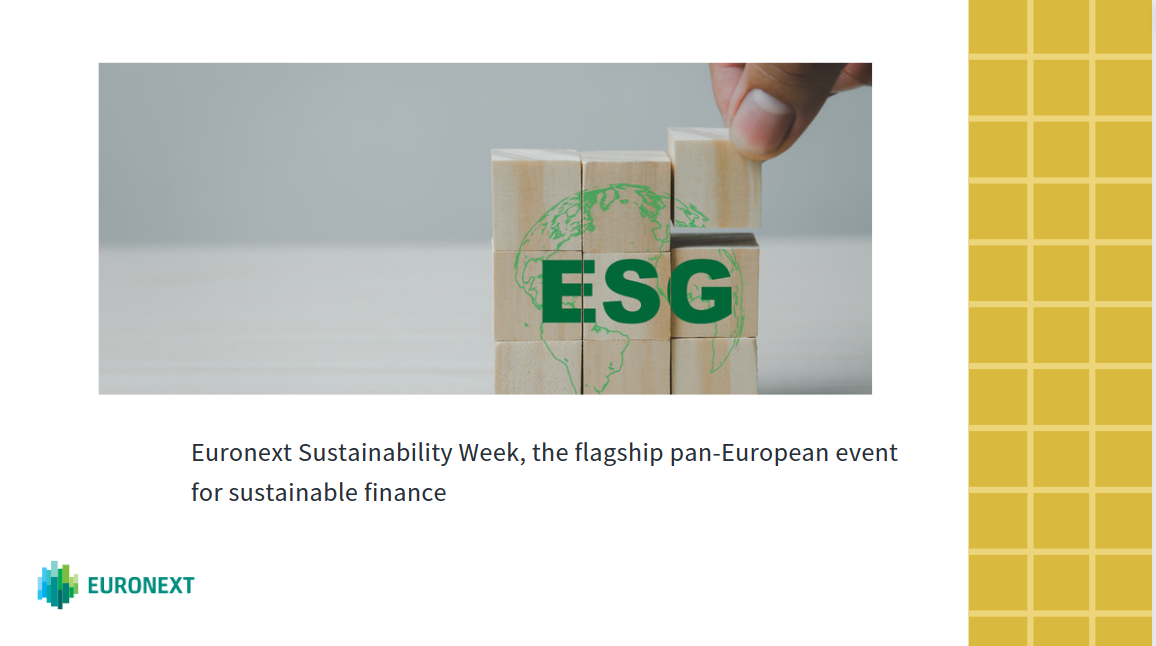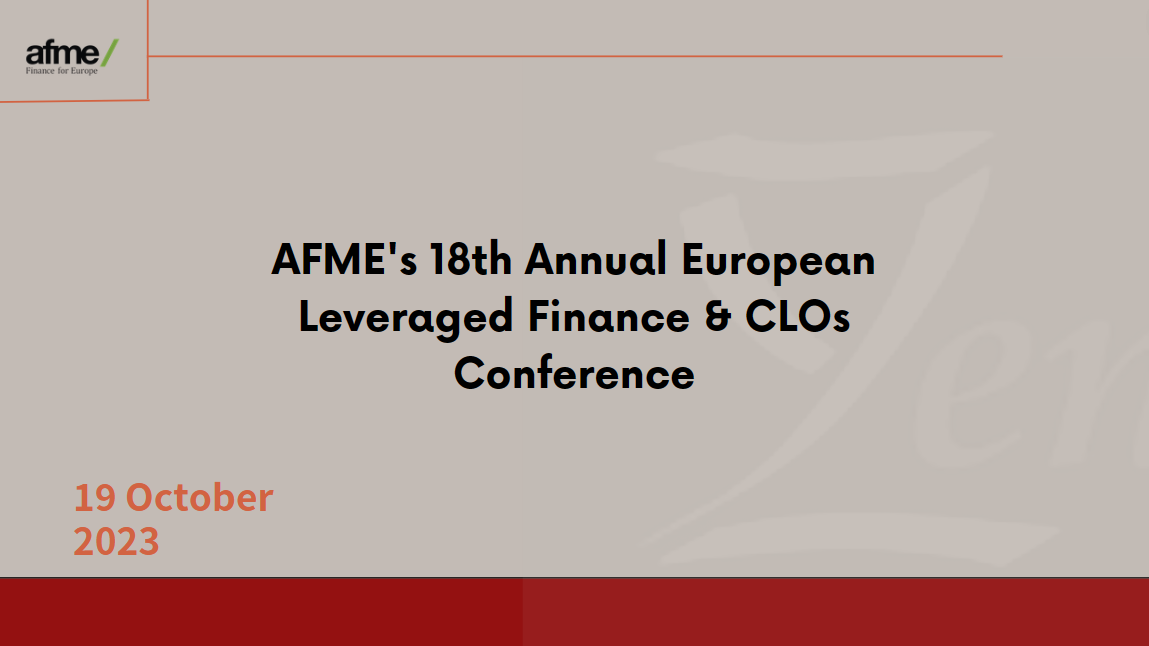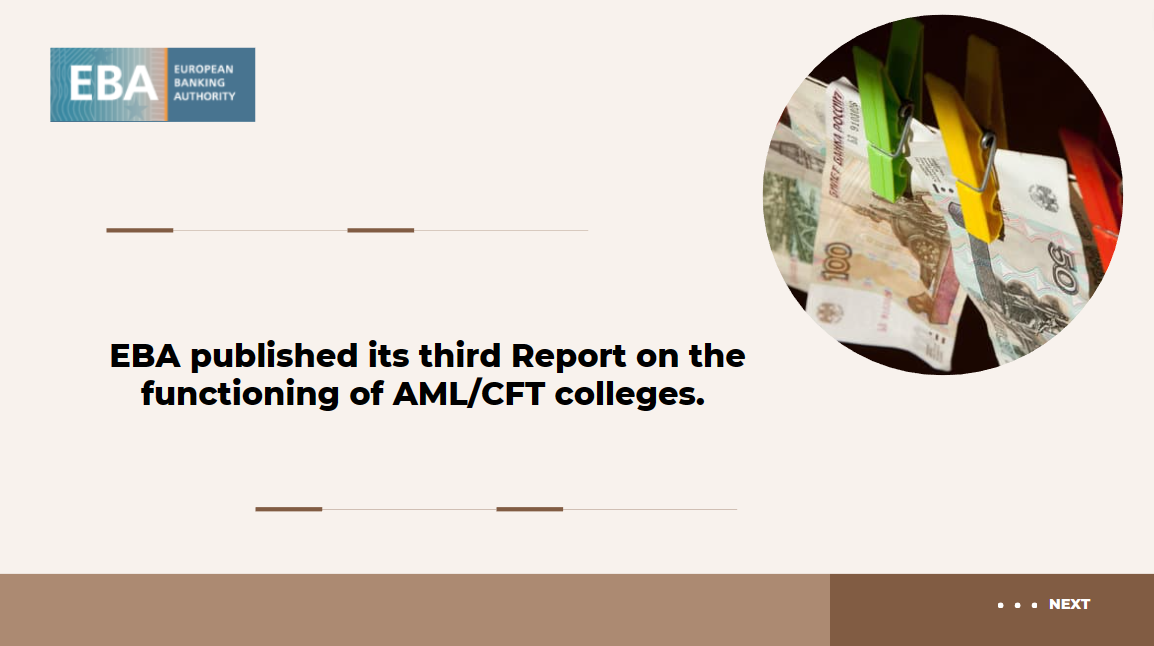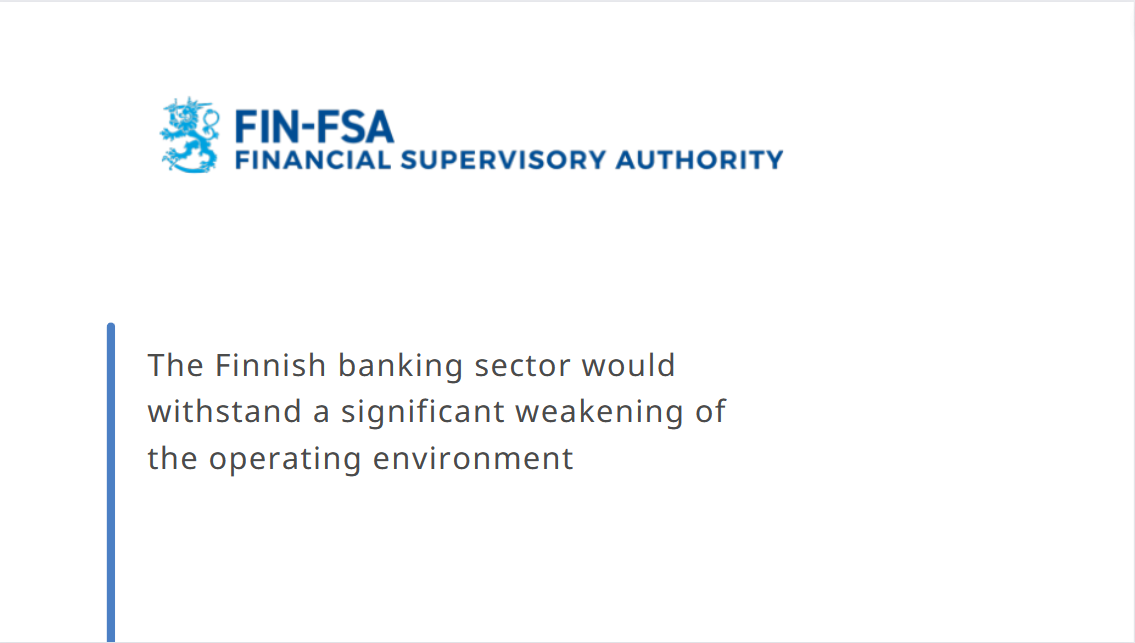European Securities Market Authority
WHO WE ARE
ESMA is an independent EU Authority that contributes to safeguarding the stability of the European Union's financial system by enhancing the protection of investors and promoting stable and orderly financial markets.

It achieves this by: assessing risks to investors, markets and financial stability, completing a single rulebook for EU financial markets, promoting supervisory convergence and directly supervising credit rating agencies and trade repositories.
As well as fostering supervisory convergence amongst securities regulators, it aims to do so across financial sectors by working closely with the other European Supervisory Authorities competent in the field of banking (EBA), and insurance and occupational pensions (EIOPA).
Whilst ESMA is independent, there is full accountability towards the European Parliament where it appears before the Economic and Monetary Affairs Committee (ECON), at their request for formal hearings. Full accountability towards the Council of the European Union and European Commission also exists. The Authority will therefore report on its activities regularly at meetings but also through an Annual Report.
MISSION AND OBJECTIVES
One mission: to enhance investor protection and promote stable and orderly financial market
Three Objectives: Investor Protection, Orderly Markets and Financial Stability
HISTORY
ESMA was founded as a direct result of the recommendations of the 2009 de Larosière report which called for the establishment of a European System of Financial Supervision (ESFS) as a decentralised network. It began operations on 1 January 2011 according to its Founding Regulation and replaced the Committee of European Securities Regulators (CESR) which was a network of EU authorities which promoted consistent supervision across the EU and provided advice to the European Commission.
ACTIVITIES
ESMA achieves its mission and objectives through four activities:
- Assessing risks to investors, markets and financial stability
- Completing a single rulebook for EU financial markets
- Promoting supervisory convergence
- Directly supervising specific financial entities
The purpose of assessing risks to investors, markets and financial stability is to spot emerging trends, risks and vulnerabilities, and where possible opportunities, in a timely fashion so that they can be acted upon. ESMA uses its unique position to identify market developments that threaten financial stability, investor protection or the orderly functioning of financial markets. ESMA’s risk assessments build on and complement risk assessments made by other European Supervisory Authorities (ESAs) and National Competent Authorities (NCAs), and contribute to the systemic work undertaken by the European Systemic Risk Board (ESRB), which increasingly focuses on stability risks in financial markets. Internally, the output of the risk assessment function feeds into ESMA’s work on the single rulebook, supervisory convergence and the direct supervision of specific financial entities. Externally, it promotes transparency and investor protection by making information available to investors via our public registries and databases and, where needed, by issuing warnings to investors. The risk analysis function closely monitors the benefits and risks of financial innovation in the EU.
The purpose of completing a single rulebook for EU financial markets is to enhance the EU Single Market by creating a level playing field for investors and issuers across the EU. ESMA contributes to strengthening the quality of the single rulebook for EU financial markets by developing Technical Standards and by providing advice to EU Institutions on legislative projects. This standard setting role was the primary task of ESMA in its development phase.
Supervisory convergence is the consistent implementation and application of the same rules using similar approaches across the 28 Member States. The purpose of promoting supervisory convergence is to ensure a level playing field of high quality regulation and supervision without regulatory arbitrage or a race to the bottom between Member States. The consistent implementation and application of rules ensures the safety of the financial system, protects investors and ensures orderly markets. Supervisory convergence implies sharing best practices and realising efficiency gains for both the NCAs and the financial industry. This activity is performed in close cooperation with NCAs. ESMA’s position in the ESFS makes it qualified to conduct peer reviews, set up EU data reporting requirements, thematic studies and common work programs, draft opinions, guidelines and Q&As; but also build a close network that can share best practices and train supervisors. ESMA’s participation in supervisory colleges for Central Counterparties (CCPs) contributes to supervisory convergence for this specific area. ESMA actively supports international supervisory coordination.
ESMA is the direct supervisor of specific financial entities: Credit Rating Agencies (CRAs) and Trade Repositories (TRs). These entities form essential parts of the EU’s market infrastructure.
ESMA’s four activities are closely linked. Insights gained from risk assessment feed into the work on the single rulebook, supervisory convergence and direct supervision, and vice versa. We consider supervisory convergence to be the main outcome of the implementation and application of the single rulebook. The direct supervision of CRAs and TRs benefits from and also feeds into our risk assessment and single rulebook activities.






















































First, please LoginComment After ~